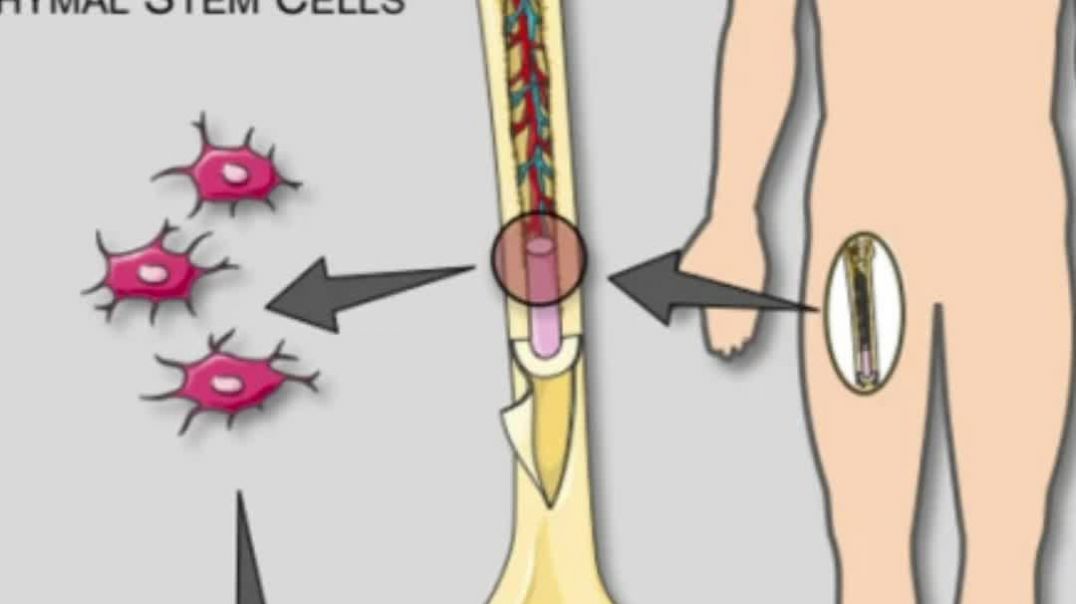Wermer Syndrome (MEN Type 1) Multiple endocrine neoplasia
📌 𝐅𝐨𝐥𝐥𝐨𝐰 𝐨𝐧 𝐈𝐧𝐬𝐭𝐚𝐠𝐫𝐚𝐦:- https://www.instagram.com/drgbhanuprakash
📌𝗝𝗼𝗶𝗻 𝗢𝘂𝗿 𝗧𝗲𝗹𝗲𝗴𝗿𝗮𝗺 𝗖𝗵𝗮𝗻𝗻𝗲𝗹 𝗛𝗲𝗿𝗲:- https://t.me/bhanuprakashdr
📌𝗦𝘂𝗯𝘀𝗰𝗿𝗶𝗯𝗲 𝗧𝗼 𝗠𝘆 𝗠𝗮𝗶𝗹𝗶𝗻𝗴 𝗟𝗶𝘀𝘁:- https://linktr.ee/DrGBhanuprakash
Wermer Syndrome (MEN Type 1) Multiple endocrine neoplasia
Multiple endocrine neoplasia (MEN) syndromes consist of 2 categories, MEN type 1 (MEN1) and MEN type 2 (MEN2). MEN2 has been subcategorized into MEN2-A, MEN2-B, and medullary thyroid cancer (MTC)–only.
The combination of parathyroid tumors, pancreatic islet cell tumors, and anterior pituitary tumors (see the images below) is characteristic of MEN1. Although usually inherited as an autosomal dominant disorder, MEN1 can also occur sporadically (without a family history) as a result of new mutations. It is also important to keep in mind that family members of an MEN1-affected individual may have been undiagnosed at the time of death. Patients with untreated MEN1 have a decreased life expectancy, with a 50% probability of death by age 50 years.





















SORT BY-
I migliori commenti
-
Ultimi commenti